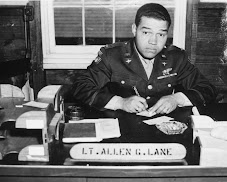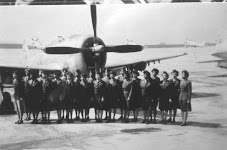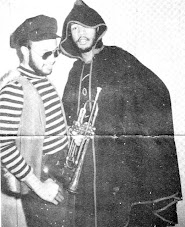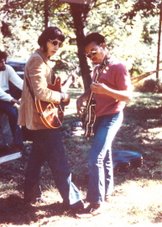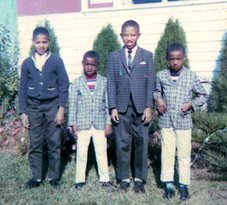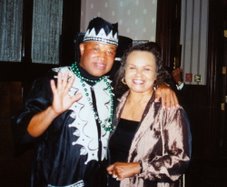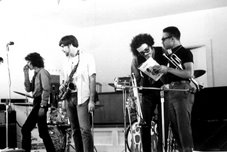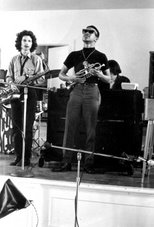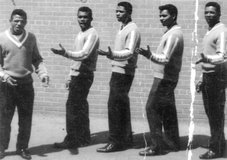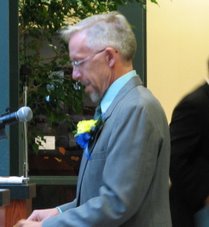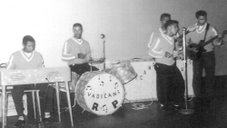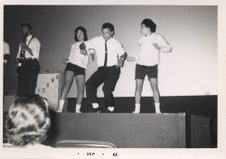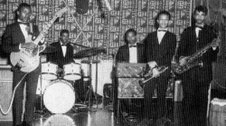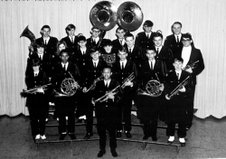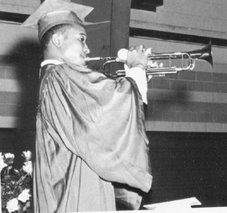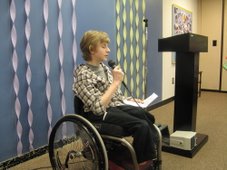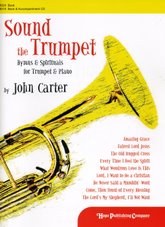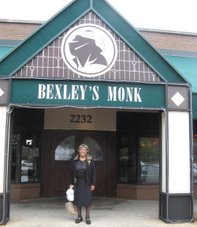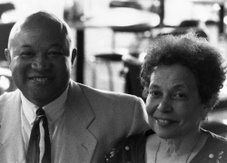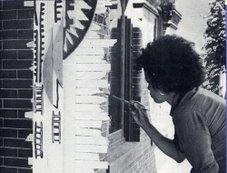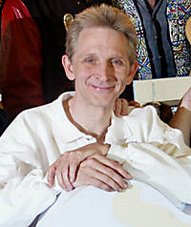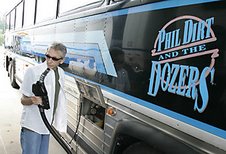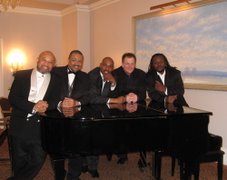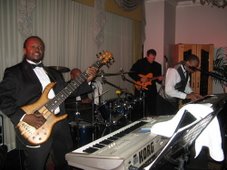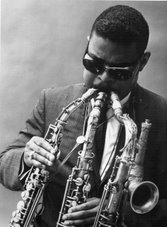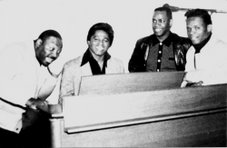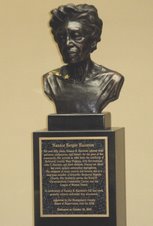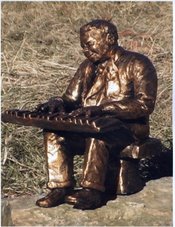


I was working for Adrian McLymont at Universal Classic Cars when I started rehearsing Arnett Howard and His Creole Funk Band. I was tossing around names when my friend Chuck Davidson said, “Why don’t you just call it the Creole Funk Band?” He spoke with such conviction that I just said, “OK. Creole Funk, it is.”
Late April, 1985, at D.J. Prophet’s Neighborly Pub, now known as Union Station, marked the premier of Arnett Howard and his Creole Funk Band. The first crew was Donald Payne, bass, Kevin Turner, guitar, Gregg Pearson, drums and Ron Funderburg, percussion. Within the first year, inspired by a film that featured David Byrne and Talking Heads, I added Pat Funderburg, Debra Tucker and Marcia Daniels as vocalists.
I had left Universal Classic Cars to work at WBBY-FM, Jazz 104, in April, 1985, but by September of that year the evening schedule conflicts had made the band my priority. We played Union Station and the Short North Tavern to huge audiences. But the Short North soon ended in August and we filmed a television show for GTC-3 that December. The TV spot was growing fame fast for the band and in January, 1986, we were invited to substitute for the regular entertainment at Deibel’s Restaurant in German Village.
Saturday night at Deibel’s was usually Esther Craw’s accordion night, however when the Creole Funk Band hit the stage with its brand of New Orleans and Jamaican soul, folks forgot about Esther. We strolled through the audience in a Mardi Gras style and blew the roof off of the place. The management knew that they had to keep us coming back.
On February 6, 1986, the Creole Funk Band began playing Wednesdays at Deibel’s and for five and a half years, whenever we weren’t at Deibel’s, we were in New Orleans or Jamaica. The world would come to Deibel’s, people would bring guests from out of town, international groups would have their dinners there, school kids would have their birthday gatherings where they could dance and have good food and their parent could have some adult refreshments.
In December, 1986, Arnett Howard’s Creole Funk Band recorded its first cassette. Unfortunately, Pat, Debra and Marcia were done, victims of conflicting schedules. We managed to get them recorded and we began the New Year with almost a new lineup, Gregg on drums, Al Morgan, bass, Lance Ellison, guitar and Ron Hope, percussion. We recorded at new venues like Victory’s on High Street, The Hoster Brewing Company, the Avenue, Hoggy’s, The Patio, The Dell, Max and Erma’s, The Scoreboard Restaurant and plenty of public events and private parties. We were named People to Watch in 1987 by Columbus Monthly Magazine.
We made our first trip with the band to Jamaica, October, 1987, although it was nearly a disaster because when we arrived, the instruments that we had waiting for us were junk. The speakers were blown in two of the amps, the mixing board was missing channels. But the audience realized that despite the equipment, there was quality among the group. We traveled to Jamaica from 1987 to 2000, taking as many as thirty-two boxes of instruments with us.
The Creole Funk Band performed as many three hundred-twelve times in a year from 1988 to 2002. We performed at forty weddings each season and as many as seventy school performances. Beginning in November, 1988, we put out a monthly newsletter called The Creole Funk Gazette that would have news stories on the members of the band and upcoming events, along with our schedule.
I was missing a percussionist so in May, 1988 I added Capital University student Eric Paton to the group and he brought with him a tremendous saxophonist, Jeffrey Scot Wills. We did our first performance at the Lancaster Festival and recorded our third cassette there with Amerisound Recording. The Lancaster Festival has had us annually for twenty-three years since.
For the Lancaster crowd we performed a variety of musics, starting out with Word Up, a smash hit from the Atlanta group, Cameo, then The Right Stuff by New Kids on the Block. We went retro by doing You’ve Lost That Lovin’ Feelin’, but at the bridge, we launched into a reggae groove. The Funky Cold Medina and The Wild Thing were a pair of tunes by Ton Loc that we medleyed, then we went smooth jazz with Jeffrey Scot Wills performing Silhouette on soprano saxophone. Our biggest song was Hot, Hot, Hot, which we started doing the summer of 1987, inspired by Bahamian artist Arrow. We finished the set with a rousing version of The Jailhouse Rock.
NBC 4, WCMH-TV commissioned a jingle entitled Football Friday Nite in July, 1994, Al Morgan did the music, I wrote the lyrics while we waited to go on stage in Dayton. We recorded it one Tuesday after a show at the Scoreboard and it has run for eighteen years consecutively with new lyric for each season. Our video history, 1985-1994, came out also that same month.
We released our first compact disc, 10 For 10, in June, 1995, second, Arnett Howard’s Rocket 88’s, June, 1996, Kidding Around, June, 1997, fourth, Joyful Heart, Generous Spirit, 2001, fifth and last, Extended Family, June, 2002. Compact disc versions of our first three cassettes have had subsequent reissues.
Through the years I have changed musicians. On percussion I have had Ron Funderberg, Ron Hope, Chuck Palmer, Nathan Anders and Eric Paton, guitarists have included Kevin Turner, Victor Martin, Lance Ellison, Daris Atkins, Greg Herman and Kraig Phillips. Saxophonists have include Jeffrey Scot Wills, Keith Kimble and Kevin O’Neil, with bassists Donald Payne, Al Morgan, Robert Daniels and Manny Quintero. Drummers in the Creole Funk Band have include Gregg Pearson, Eric Paton, Jeff Peters, Chuck Palmer, Mark Lomax and Rahsaan “Rizzi” Bowers.
Rizzi became my drummer in October, 2000. He had played with Foley McCreary prior to joining us, but the Creole Funk Band was his first job that had a regular payday. He had a young family and was looking forward to the new year, but in May, 2001 he was wounded by a home invader. He lived for thirty-six days before dying of his wounds. The band acted as his pallbearers and he was laid to rest near another Rahsaan, Roland Kirk, in Evergreen Cemetery.
In 2002, I made the decision to end the Creole Funk Band at the conclusion of year. I had been using Capital University as my farm team and the group, much to my dismay, had become a jazz band, as opposed to a funk band. Combined with my exhaustion from eighteen summers of between two hundred fifty and three hundred concerts, I finally pulled the plug on January 3, 2003, when we performed at the second inauguration for Ohio Supreme Justice Evelyn Stratton at the Marriott North Hotel.
From D.J. Prophet’s to the Marriott North, eighteen summers and thousands of stops in between, Arnett Howard and His Creole Funk Band performed nearly 5000 times. Joyful music and a generous spirit, for sure!


















